After visiting fancy Leblon & Ipanema, bohemian Santa Teresa, the busy Centro and other nice neighbourhoods in Zone Sul, we decided to see how the less fortunate inhabitants of Rio live. There are currently 500 favelas in Rio, all perched on mountain slopes, often very, very close to the most expensive neighbourhoods.
For example from Leblon Beach you have a close-up view of the favela Vidigal. If you follow the costal road, past the Sheraton Hotel, you get to Rio’s largest favela, Rocinha, home to 180.000 people. We contacted Mr. Paulo Amendoim, the former president of Rocinha’s residents’ association, who takes tourist around “his” favela.
Well, to start with, Rocinha is different to other favela and Mr. Amendoim is not a typical dweller of such a favela. Rocinha is an incredible maze of houses, but not the wooden shacks and tins roofs one knows from TV documentaries, but building are made of bricks. There is electricity (paid for by the residents), most houses are connected to running water, which is free of charge, and the sewage system. When you see the bulk of strings of hoses going to the various houses you wander how this works, but obviously it does. There are small shops all around and at the “outskirts” of the favela you find any kind of shops and services you may want.
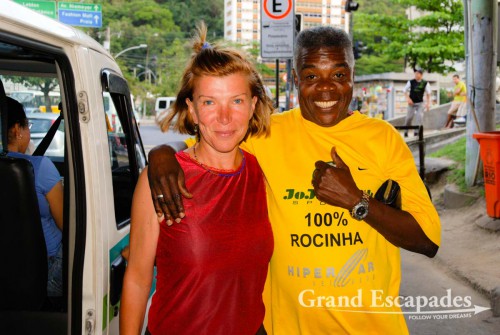
Paulo Amendoim, the former president of Rocinha’s residents’ association, enjoys taking tourists to “his favela” … A great personality and a great tour! Rio de Janeiro, Brazil
We spent four hours walking up and down and never felt unsafe or unwanted, people were extremely friendly and doing what other people in low-income neighbourhoods are doing throughout South America. Either they are waiting for business in front of their tiny shops while watching TV or just watching TV.
Most of Rocinha´s inhabitants come from Brazil’s poverty-stricken Northeast. We were told that more than 90% of them have a job or run some kind of small business to support them. Many of the newcomers rent rooms or flats in the dwellings, which also can be readily sold: we saw one on sale for 9.000 Reals, 4.500 USD.
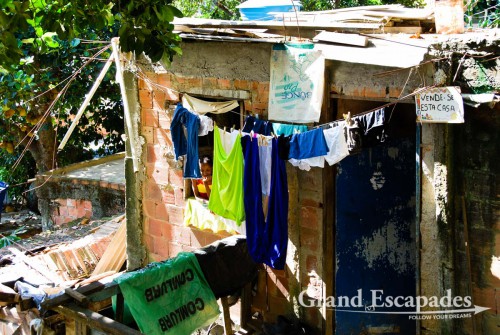
Rocinha, home to 180.000 people, is the biggest favela in Rio de Janeiro, Brazil – Also in Rocinha, you can sell & buy a house … The owner of this one wants 9.000 Reals (4.500 USD), even thoug our guide told us a realistic price would be 5.000 Reals. Interested ?
Well, our guide Paulo was a true character, extremely funny and it seems that he is known by 99% of the people who live there. Obviously he used to be a football celebrity playing for Flamengo in his youth and even played in Italy. He claims to have introduced many improvements in Rocinha during his terms as a president of the residents association, which seems plausible because he was able to establish contacts and sponsorship outside the favela. During our walk he spent a great deal talking to the people, shaking hands, joking and kissing women passing by.
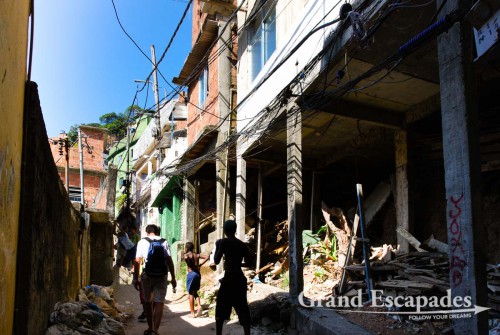
Rocinha, home to 180.000 people, is the biggest favela in Rio de Janeiro, Brazil – Inside the Favela, the “streets” are extremely narrow …
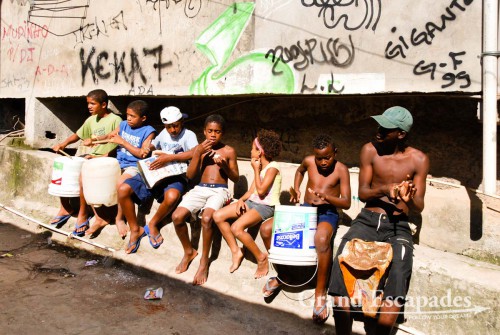
Rocinha, home to 180.000 people, is the biggest favela in Rio de Janeiro, Brazil – A young Samba Band is playing to make a few Reals from tourists …
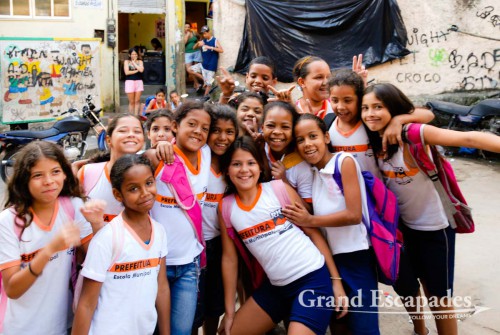
Rocinha, home to 180.000 people, is the biggest favela in Rio de Janeiro, Brazil – Kids going out of school and posing happily for the photo … Looking at the result on the display of the digital camera was the cause of some excitment!
Just to underline how close “these two worlds” are in Brazil we would like to share the following little story with you. Coming back from Rocinha on a bus we passed by the famous Copacabana Palace Hotel and decided to jumped off and to take photos. The hotel also houses the even more famous H. Stern jewellery shop. We window-shopped a bit to admire the truly beautiful pieces, when a woman came out of the shop approached us. Watching this from the corner of my eyes I expected to be told off to move, since we had dressed down even more than the usual going to Rocinha. To our surprise she picked up a conversation and invited us inside the shop handing us invitations to see the company’s museum at their headquarters in Ipanema which including taxi pick-up. So the next day we visited the museum and workshops of a multinational jewellery producer. Before we left we had steeled ourselves not to give in to the most convincing salesperson and we managed. We frankly told them that we are travelling for a year and it always turned into pleasant conversation. There usual costumers are groups of American, Japanese and yes, Chinese tourists who make up for our weak purchasing power.

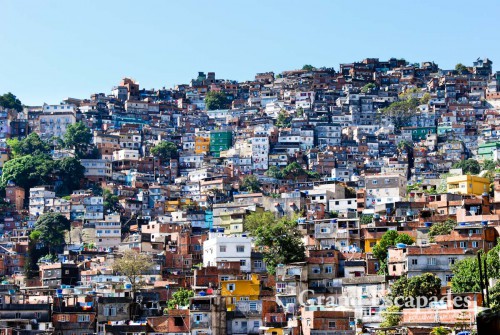
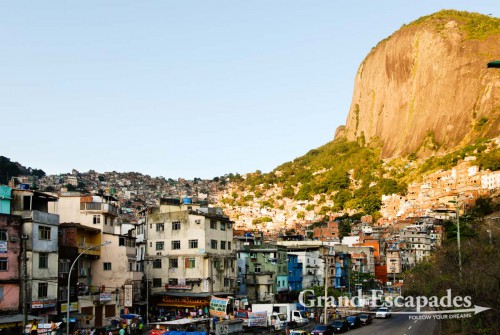
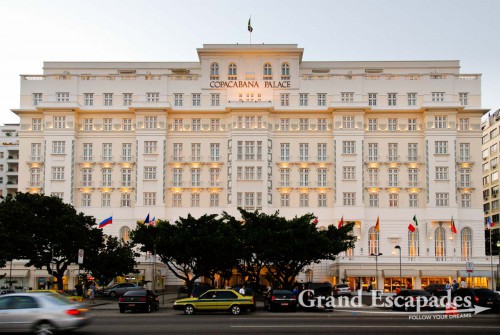
No comments yet.